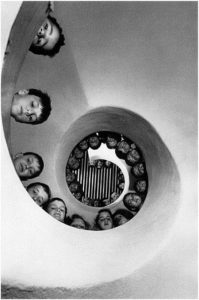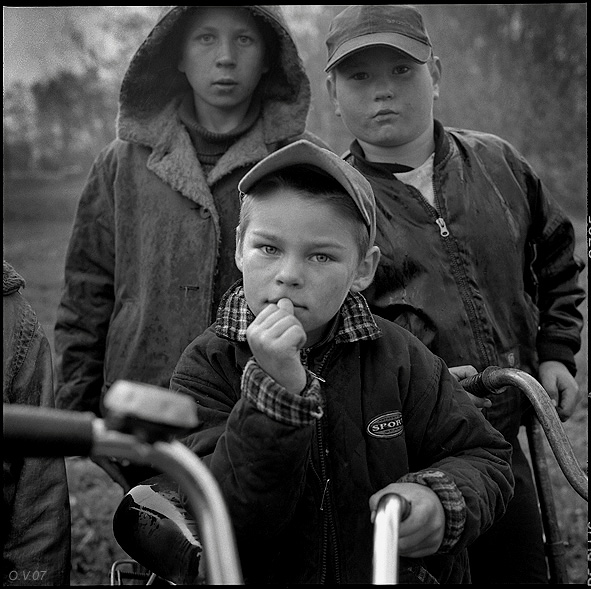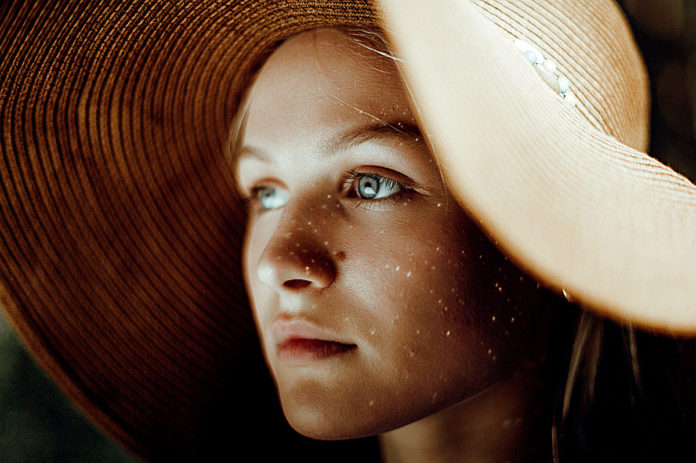constantly learned
PHOTO MASTERS: PORTRAIT PHOTOGRAPHY RICHARD AVEDON
 Richard Avedon (1923-2004) is an American master of fashion photography. At least, many modern photographers think so, looking at his work. In fact, besides the fashion style that Avedon really loved, the photographer was very appreciative of the artistic picture as a whole, considering it a real vocation.
Richard Avedon (1923-2004) is an American master of fashion photography. At least, many modern photographers think so, looking at his work. In fact, besides the fashion style that Avedon really loved, the photographer was very appreciative of the artistic picture as a whole, considering it a real vocation.
In his portfolio, with which we will meet today, there are works of various genres, from a staging portrait for the fashion industry to street reportage.
Richard Avedon’s first experience in the fashion industry is very revealing. As a young photographer who recently filmed a soldier for documents, Richard was able to persuade the fashion store manager to rent outfits for him, and he spent all his savings to hire a professional fashion model. His work so impressed with the administration of the store that Avedon received a contract and was able to do what he liked.
Look at the work of most modern fashion photographers – only a few of them stand out in a unique style. The rest repeat all the same gestures, the same composition, the same characteristic tendencies, due to which the names of their authors are not even remembered. Continue reading
PHOTOGRAPHY OF THE CHOICE OF MADOZY (CHEMA MADOZ): THE AMAZING WORLD OF BANAL ITEMS
 Analyzing the work of this contemporary Spanish photographer, critics often use the term “visual poetry,” which takes us far beyond the usual perception of photography.
Analyzing the work of this contemporary Spanish photographer, critics often use the term “visual poetry,” which takes us far beyond the usual perception of photography.
Even a quick glance at the work of this author forces the viewer to stop the usual circle of thoughts. After all, ordinary things: matches, books, paper, scissors and other household items – in the photographs of Chema Madoz (Chema Madoz) acquire unusual, abstract meanings.
Each of its strict black-and-white photographs, consisting of well-adjusted lines that do not have more than one detail, opens up a new look at familiar objects, forcing you to smile, think, or just see the world differently.
If you take a closer look at the images of Chema Madoz, it’s hard not to notice the surrealistic origins of these images. The author “plays” with the things in the pictures just as in the mid-20th century the famous artist Rene Magritte did this, offering the viewer riddles like, images of a tube with the words “This is not a tube”. Continue reading
7 LESSONS OF HENRI CARTÉ-BRESSON THINKING PHOTOGRAPHY
 Henri Cartier-Bresson – one of the most famous photographers in history. He is a co-founder of Magnum’s photo agency, which brilliantly captured not only events, but also the spirit of the 20th century. The life of the photographer was filled with adventures and excitement, which were reflected in the very essence of his work, so loved by us. Photos by Henri-Cartier Bresson and detailed information about him can also be viewed in another article on this site by clicking on the link.
Henri Cartier-Bresson – one of the most famous photographers in history. He is a co-founder of Magnum’s photo agency, which brilliantly captured not only events, but also the spirit of the 20th century. The life of the photographer was filled with adventures and excitement, which were reflected in the very essence of his work, so loved by us. Photos by Henri-Cartier Bresson and detailed information about him can also be viewed in another article on this site by clicking on the link.
How can you learn from the maestro better photograph? Here are the seven fundamental principles of the work of the great Henri Cartier-Bresson.
1. Be in the thick of things
Almost immediately after Henri Cartier-Bresson discovered photography in the 20s of the last century, he set out to explore new places and be in the center of the most important events. The curiosity of the photographer and the natural curiosity were for him a single concept.
Cartier-Bresson’s career proves the importance for photographers never to stagnate, but to follow their natural curiosity and avoid patterns. Continue reading




